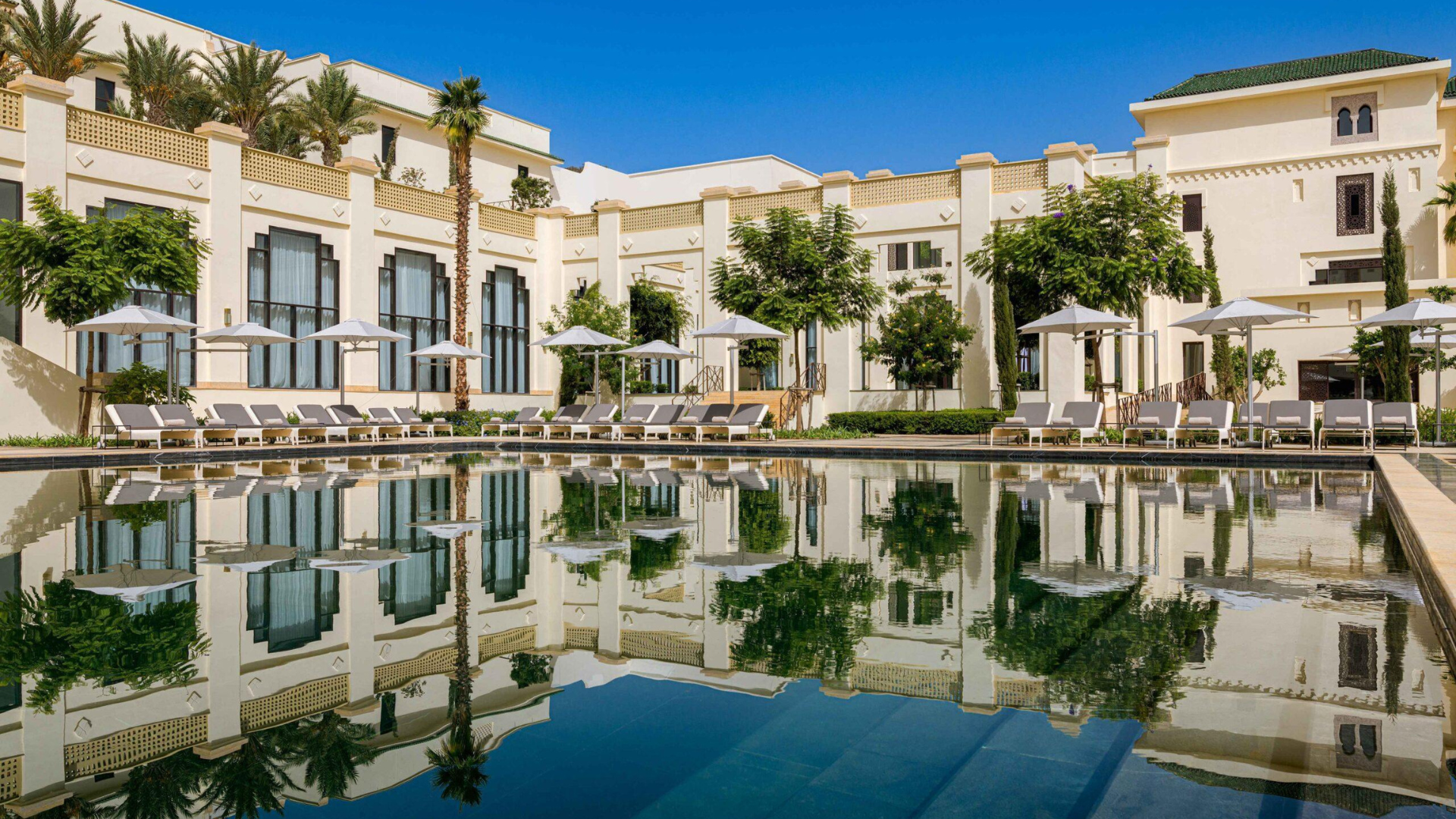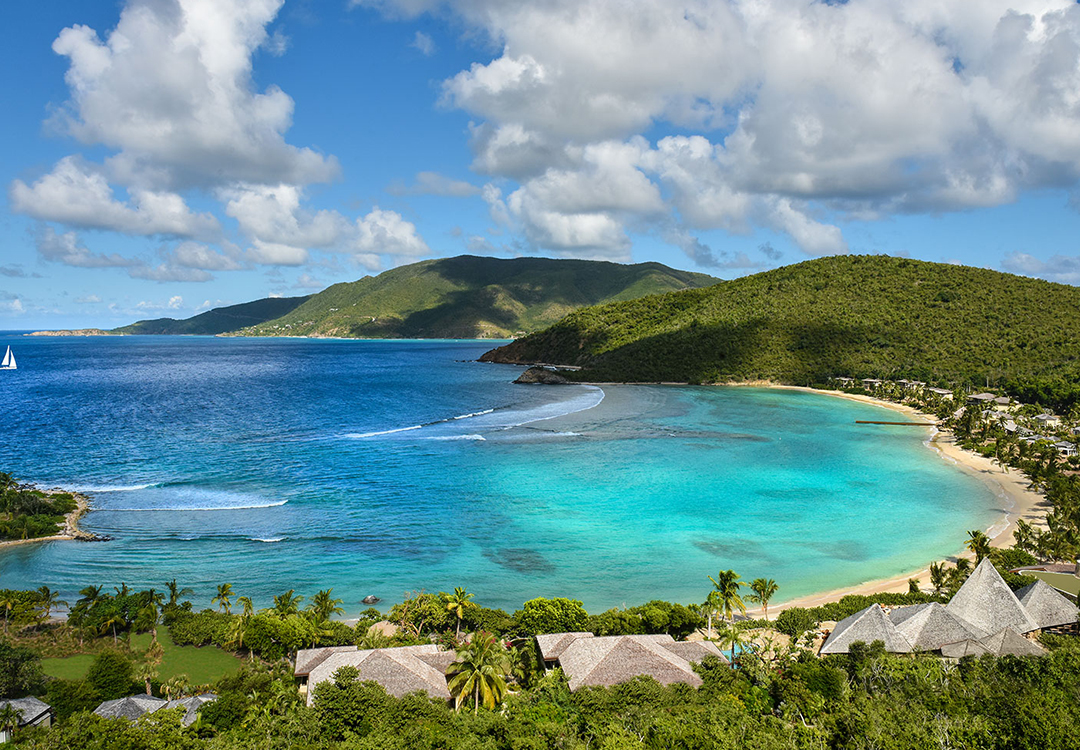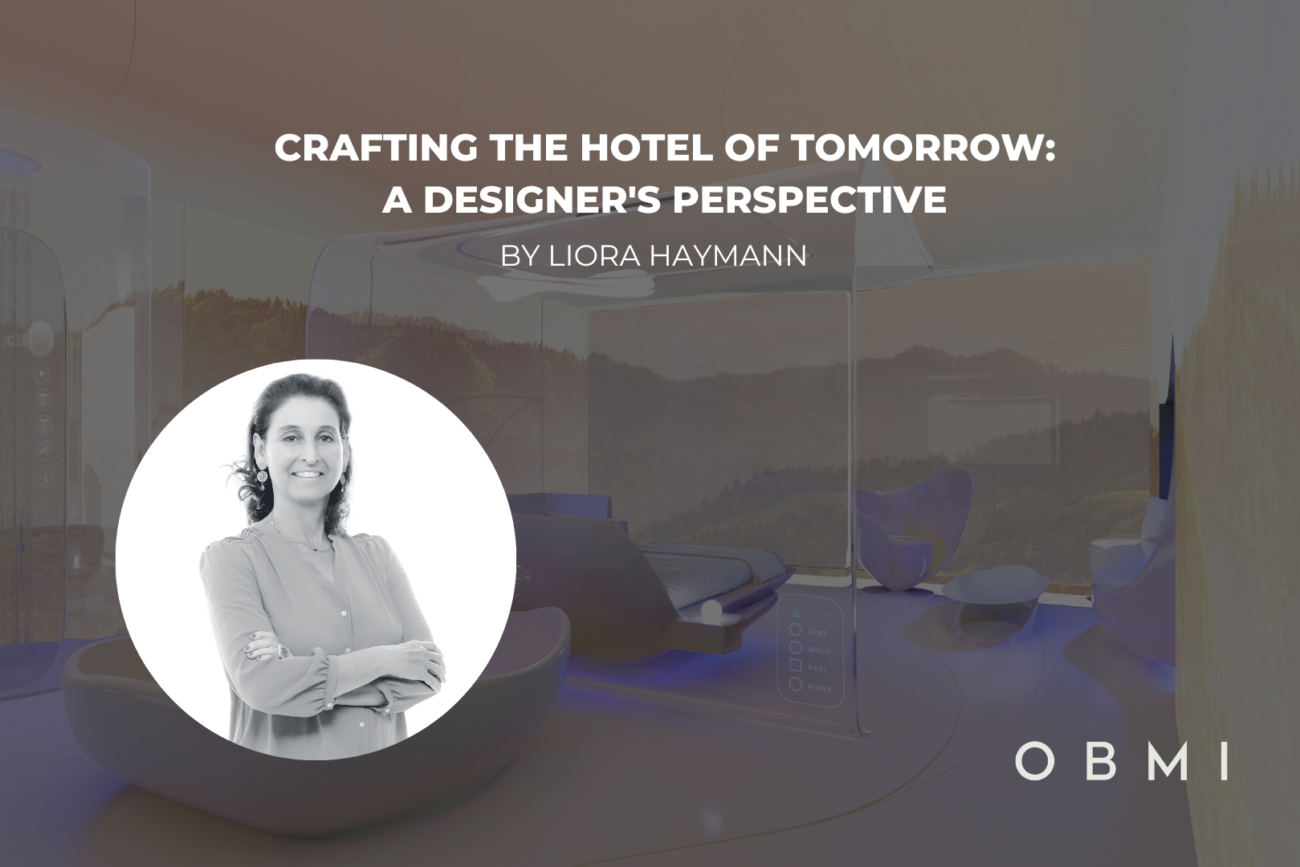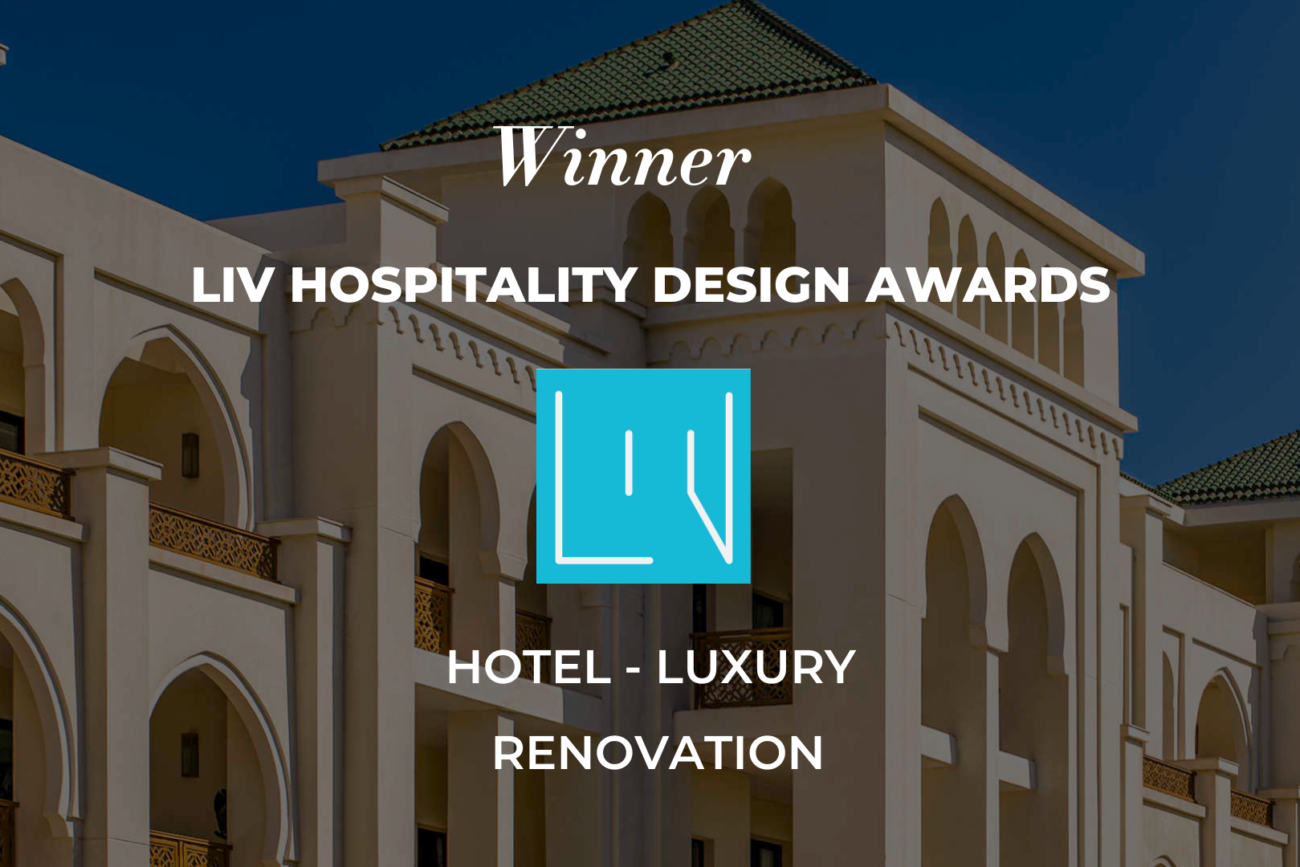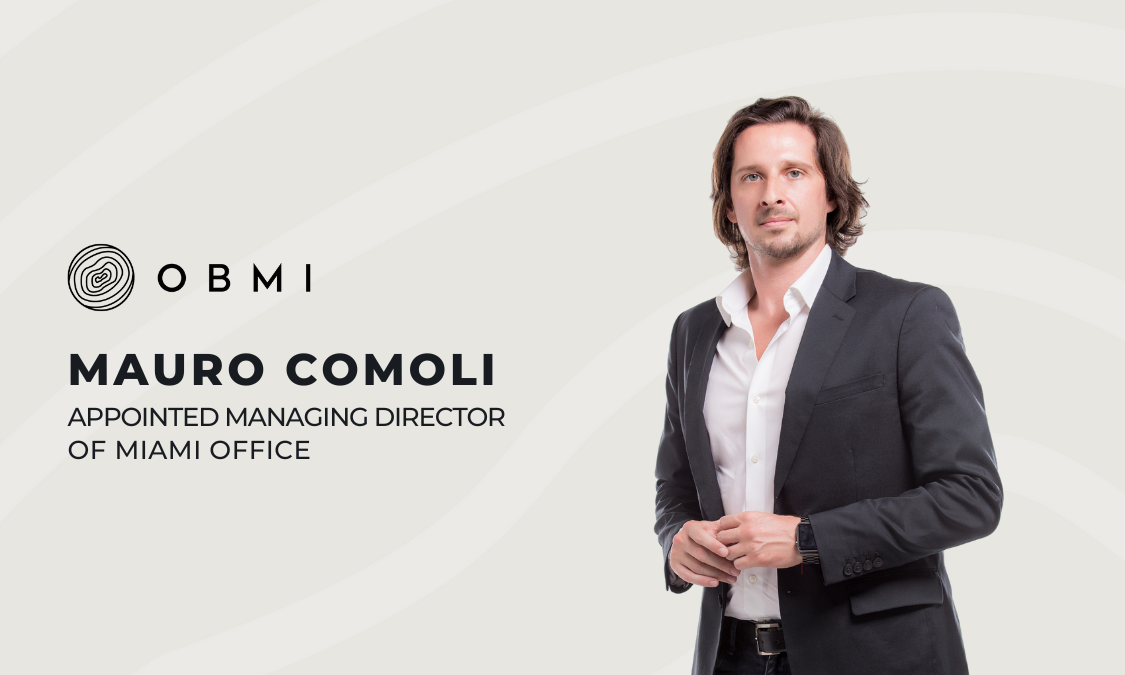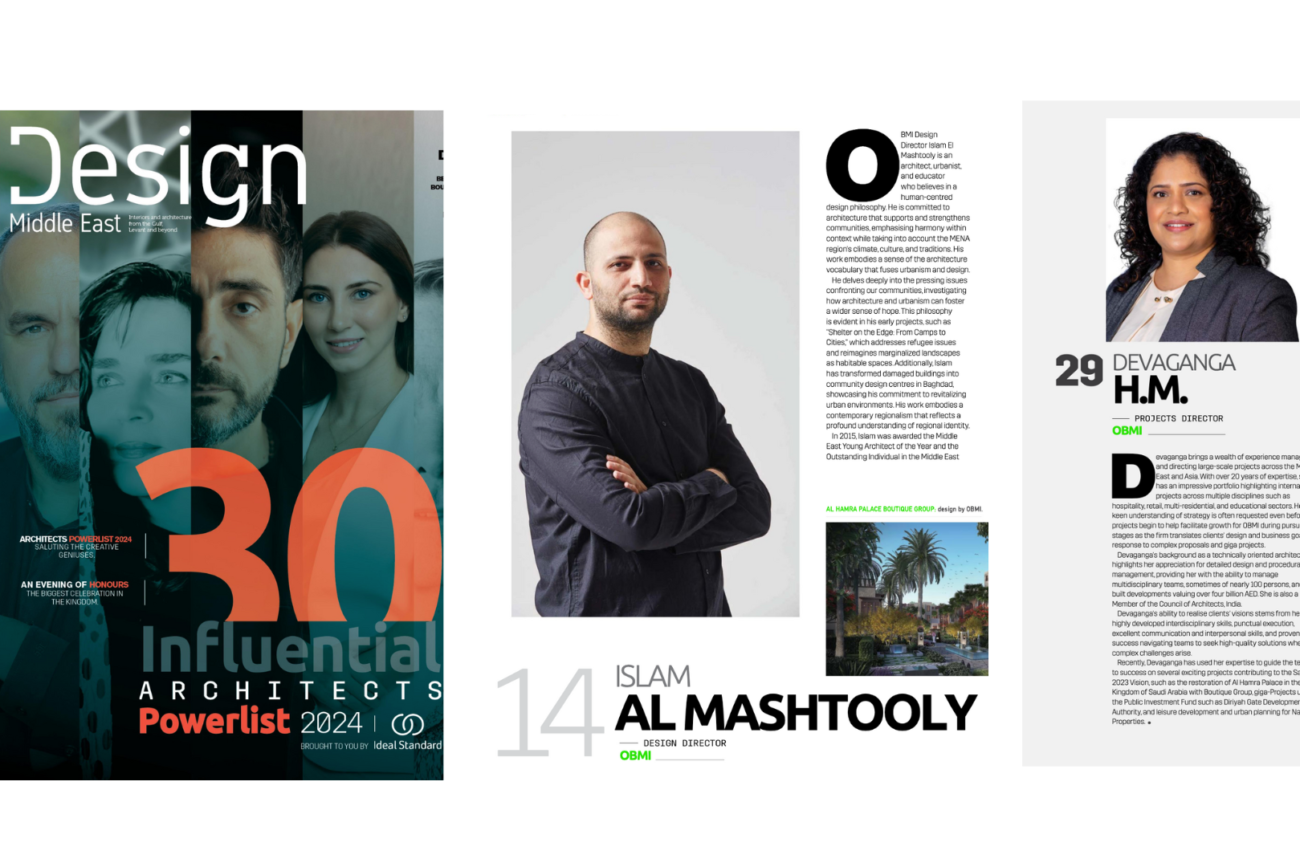OBMI’s Role in Forging Connections & Creating Life-Changing Experiences Through Architectural Design
An ILHA Exclusive Interview with Tim Peck, Chairman OBMI
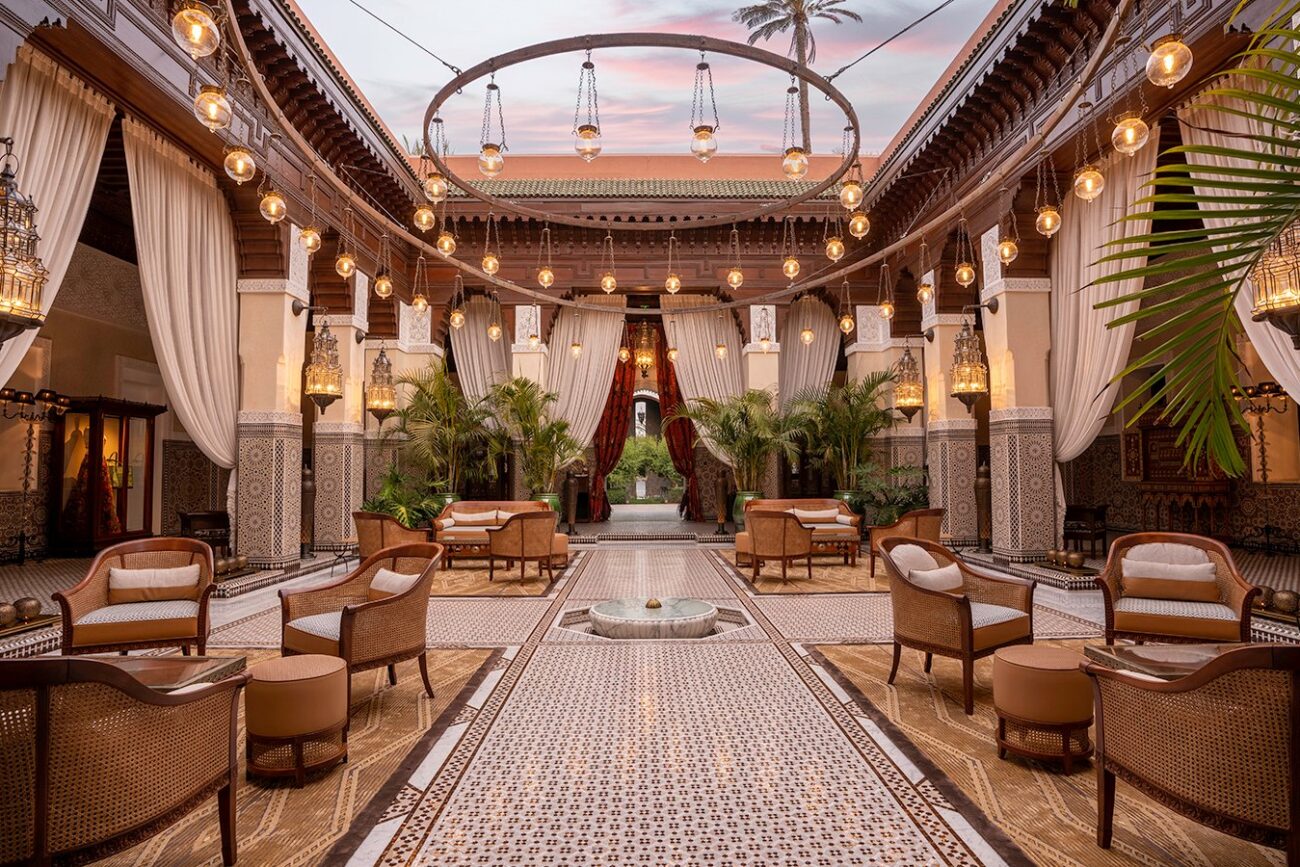
Royal Mansour Marrakech
In this exclusive interview with Tim Peck, Chairman of OBMI, we delve into the profound philosophy that underpins OBMI’s architectural endeavors, emphasizing their role in forging connections and creating life-changing experiences. Tim discusses how OBMI views architecture as a celebration of heritage and community, going beyond sustainability to embrace regenerative tourism. He sheds light on the innovation lab, NU, and its role in driving forward-thinking solutions, such as transformable hotel rooms and movable resorts. Tim also reveals the meticulous process of crafting immersive moments within luxury hotel designs, rooted in culture and heritage. Sustainability takes center stage, with insights into OBMI’s commitment to environmental stewardship. Tim also addresses the challenges and opportunities in mixed-use development and the significance of authenticity.
Can you tell us about your philosophy of using architecture as a vehicle for connection and creating life-changing experiences?
At OBMI, we look at architecture as a celebration of heritage and community. By immersing ourselves in the environment and communities of the places where we are designing, we craft destinations that showcase the past, present, and future – bringing a greater understanding and appreciation to all who are able to participate in the experience.
We are trusted with designing the spaces where our clients and guests spend some of life’s most memorable moments – whether that is in a high-end resort, a private island residence, or an engaging urban neighborhood. Our team takes this responsibility seriously and aims to design spaces that include unique experiences and foster communication, leading to greater human connection.

OBMI Chairman, Tim Peck
A distinctly memorable experience is different for each traveler, which is why our projects all take such a personalized approach to the individual. It is critical to anticipate the desires of travelers and create experiences that can be customized and aligned with these ideas. Aera, an urban vertical resort, is a perfect example of this. We realized that a significant population of larger cities was craving easy access to respite from their urban context and immersion into nature. Our innovation lab, NU, conceptualized the idea of Aera, allowing travelers and locals to experience a true resort in the heart of an urban area yet remaining inspired by and with strong connections to the surrounding city.
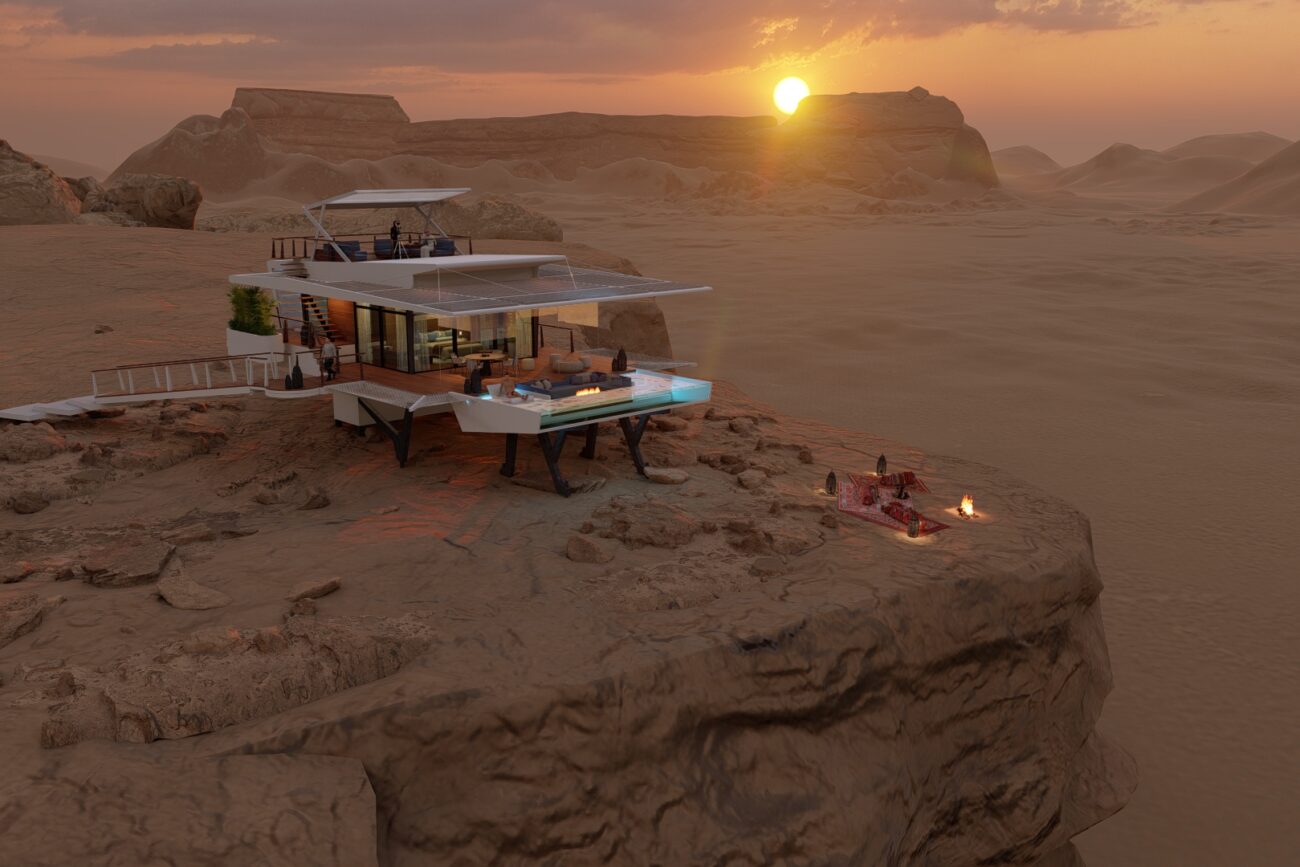
Habitare, OBMI
How do you ensure that your designs for luxury hotels capture and celebrate the unique essence of a destination?
When embarking on a new project, we begin by closely examining its context, intimately exploring the site’s history, geology, botany, climate, and cultural influences. The next step is to study and examine traditional built forms that evolved to provide solutions in the past and understand what made these solutions innovative and appropriate in their time. We then proceed to extrapolate upon the timeless aspects of these forms, injecting new creative and innovative ideas into enduring concepts. The result is an architecture where the essence is truly authentic.
How do you approach the concept of place-making in your architectural projects, particularly in the context of luxury hotels and resorts?
Placemaking for the luxury traveler is multifaceted, with two key parallel paths. The first is based upon a foundation of a deep understanding of the expectations and desires of today’s discerning and demanding luxury traveler. This baseline is overlaid over the operational expectations of developers and brands within the luxury sector.
The second facet, which is the seed of the creative design process, is called, “envisioning.” This starts with a dive deep into research to discover the inherent character of a location. Once we uncover the existing story, we employ our expertise to create a design that honors the uniqueness of each place. By understanding this foundation first, our team conceptualizes a custom program that celebrates the needs of the clientele, community, and environment – a truly authentic sense of place.
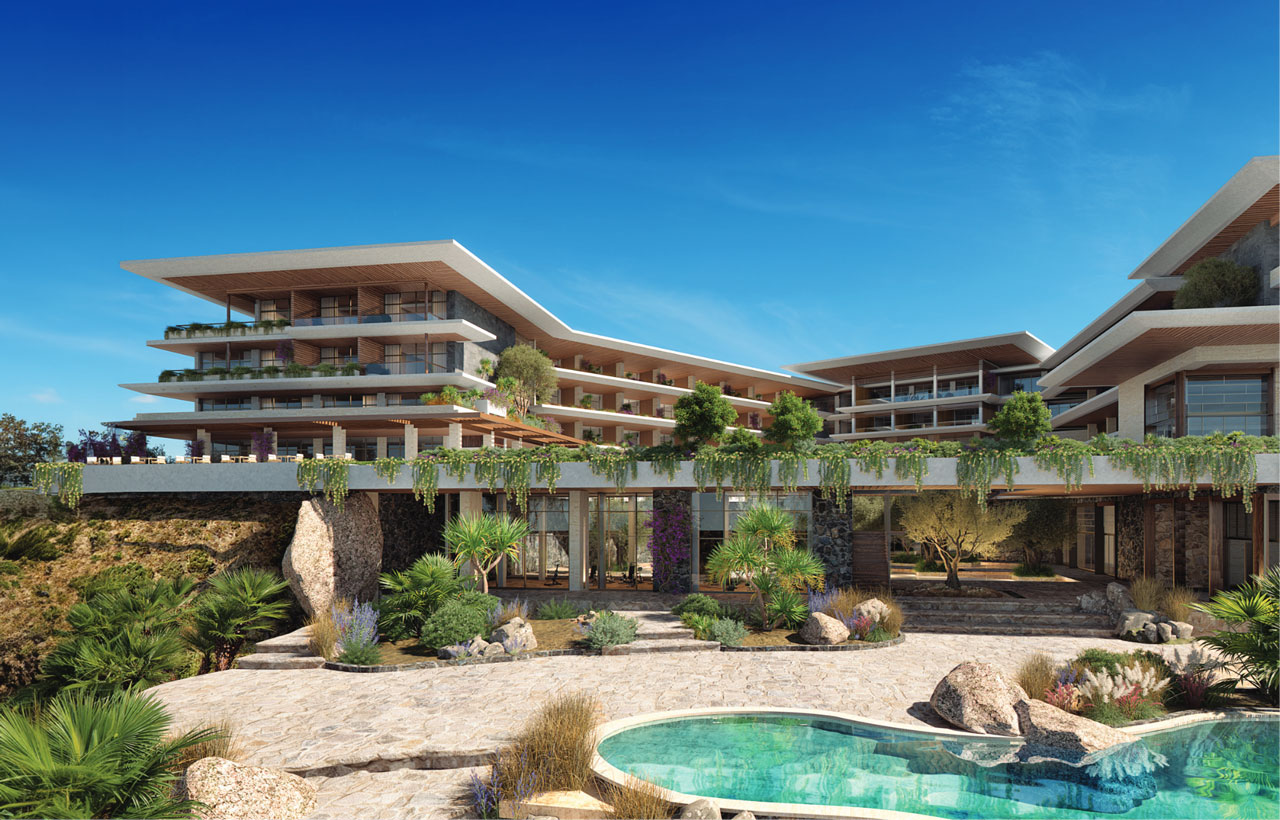
Angsana Real de La Quinta Benahavis Marbella, OBMI
Can you give us insights into the process of crafting immersive and unforgettable moments within your luxury hotel designs?
When beginning a project, we work with the client to understand their goals, their market, and the type of travelers they hope to attract. Once we align, our team uses our collective knowledge of design and the hospitality industry to conceptualize key targeted experiences that bring out the essence of the context, feel appropriately customized, incomparable and will add value to the lives of the hotel guests.
Due to our immersive approach leveraging culture to inform design, the experiences we create are generally inspired by the heritage or environment. We ensure that there is a true sense of immersion into culture by weaving our designs into the fabric of a region instead of just superficially painting the development as an overlay – becoming part of the future history of its context.
How does OBMI integrate sustainability and innovation into its projects, particularly in the realm of luxury hotel design?
OBMI has lived and breathed sustainable design for over 80 years. Because our roots are in the sensitive Caribbean islands, environmental sustainability has always been a way of life —long before the term was in common usage.
We now like to take an approach that evolves beyond mere sustainability, elevating it to a level of regenerative tourism, where we take it a step further by using creative design to leverage development to restore and enhance the ecosystems, cultures and communities that are impacted by tourism development.
Our innovation lab, NU, is continually exploring opportunities for innovation, whether these are driven by technology, guest experience, new demands for sustainability or development technology.
The transformable hotel room uses creative design and technology to allow the hotel room to be highly flexible in terms of guest experience and usage, thereby reducing sizing demands for the luxury traveler.
With innovative movable resorts, we create a luxury product that can be cost-effective, move with the seasons, with minimal environmental footprint for highly sensitive locations.
Construction technologies allow us to meet cost, labour and time challenges and offer the attractive sustainability targets demanded by the luxury traveler.
In the realm of mixed-use development, what are some unique challenges and opportunities you encounter, and how does OBMI address them?
OBMI has had the opportunity to leverage its significant history in the development in evolving communities, in many cases living with through the development process. This offers a unique insight into the evolution of a mixed-use community, the successful components and catalysts to that development and its impact on its context and environment.
So much of the success of a mixed-use community is being able to understand the key linkages of a community and how to make these linkages authentic, not forced. This is where we like to really understand the story behind the community and its context and to be able to weave this into the architectural solution, so the development and its inhabitants becomes part of its context, not just a visitor.
This sense of belonging and authenticity becomes even stronger when you are integrating luxury hospitality into mixed-use, where the reality of the genuine community experience becomes an essential component of the guest experience.
What are some upcoming projects or developments that OBMI is currently working on?
OBMI is currently engaged in several exciting projects and developments across the globe. Our portfolio includes collaborations with prestigious brands such as Waldorf Astoria, Rosewood Hotels & Resorts, Intercontinental, and Four Seasons, primarily in the vibrant regions of the Middle East and North Africa.
One of our highly anticipated endeavors is our role as the lead designer for the upcoming Angsana Real de La Quinta Benahavis Marbella, marking Banyan Tree’s inaugural venture in Spain.
We’re also extending our reach with branded residences in captivating destinations like Puerto Rico and the St. Regis Turks and Caicos, creating exclusive living experiences in some of the world’s most coveted locations.
We are dedicated to enhancing communities, as evidenced by our ongoing redesign of the beach club at the Oil Nut Bay community in the British Virgin Islands. This project reflects our enduring commitment to elevating the quality of life for residents and visitors alike.
Furthermore, we’re thrilled to reveal that we have an exciting project in the pipeline—a Luxury Wilderness Retreat in Utah. While details are yet to be unveiled, this venture is bound to exemplify OBMI’s innovative approach to design and hospitality.
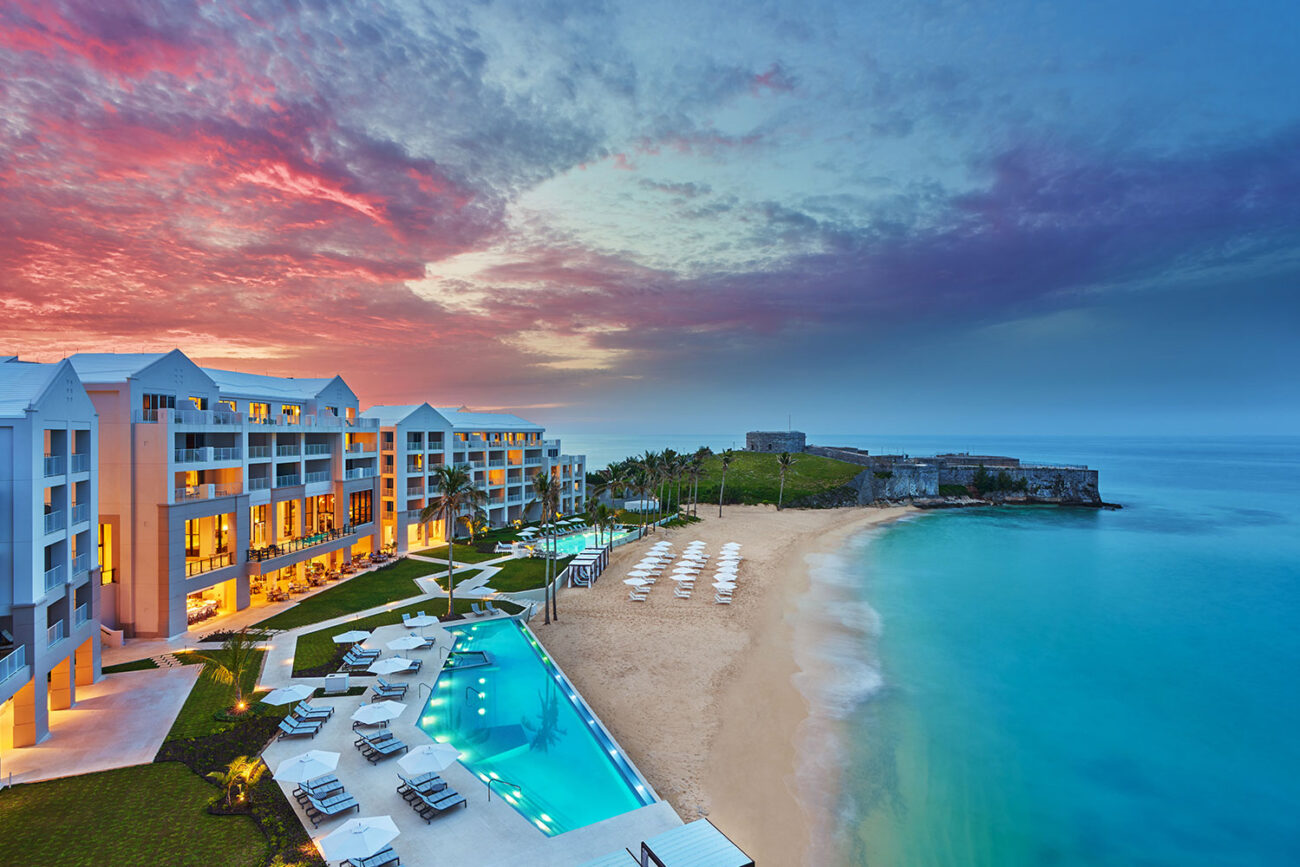
St. Regis Bermuda, OBMI
The ILHA is the luxury hospitality industry’s leading trade organization. We help you grow your business and advance your career. Raise your profile and connect with our network of experts, thought leaders and innovators. Tim Peck will be speaking at ILHA’s 2023 INSPIRE Conference on December 12th at the Eden Roc Miami Beach Resort on discussing Smart Hotel Design: Exploring Emerging Trends and Next Gen Guests. To learn more about the event or to connect with Tim Peck, please email [email protected].



